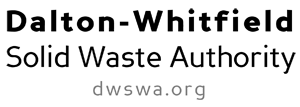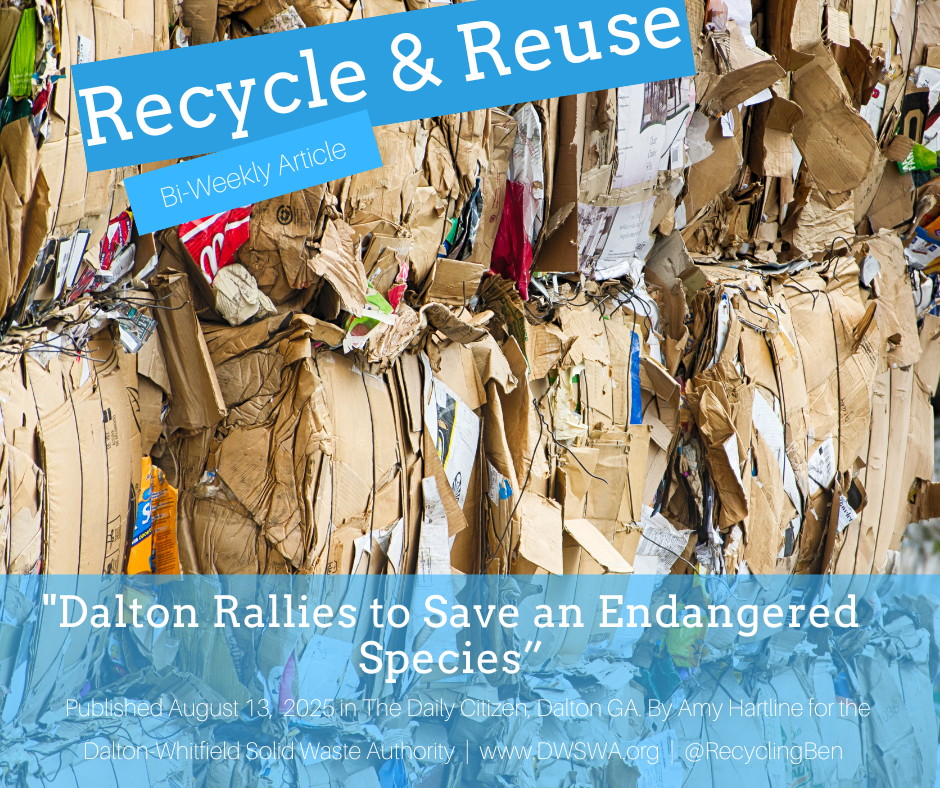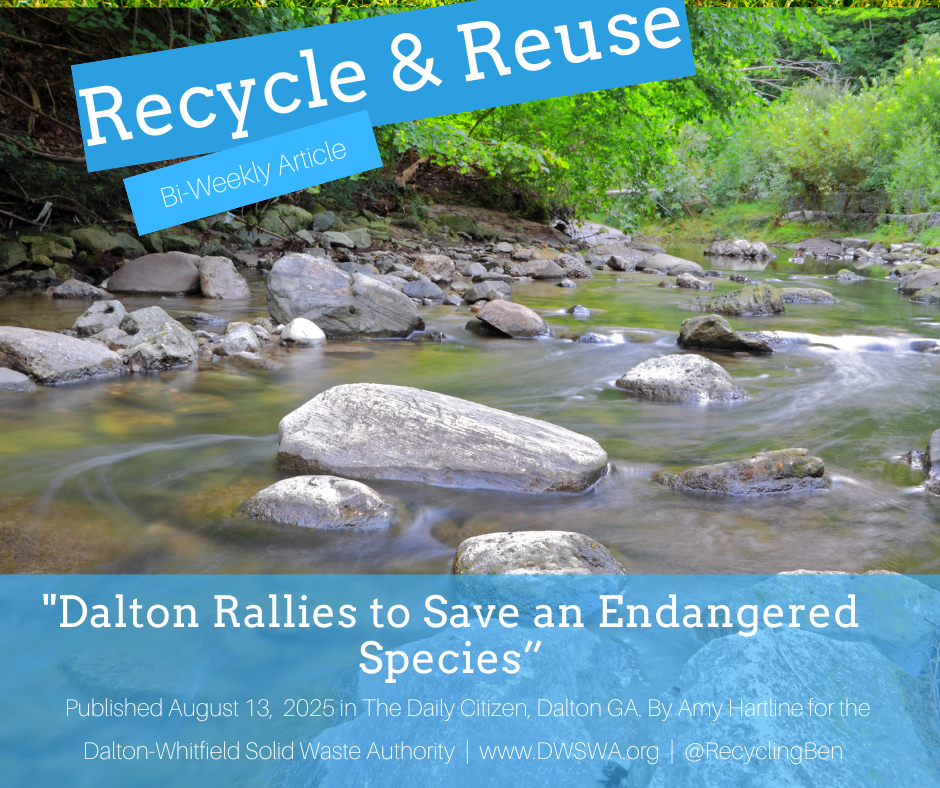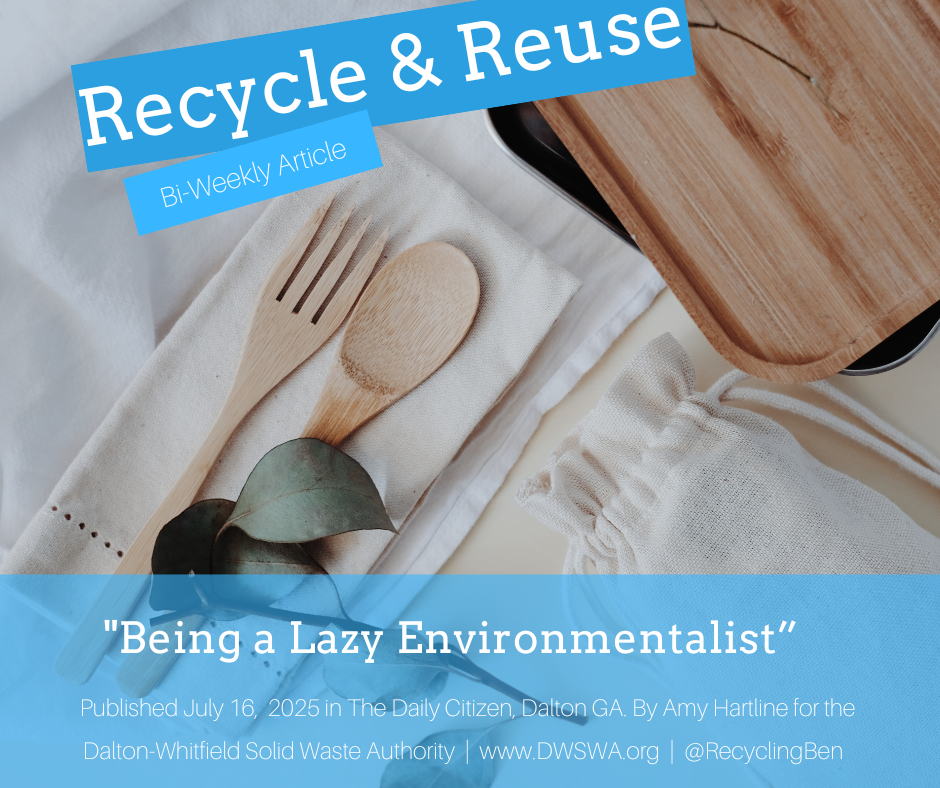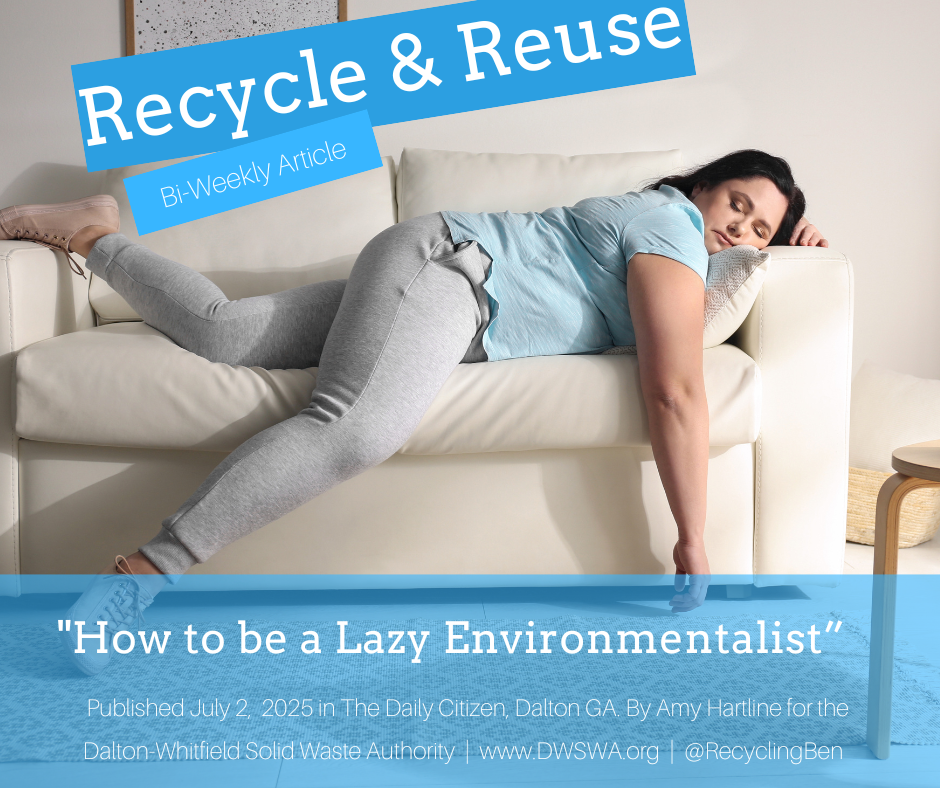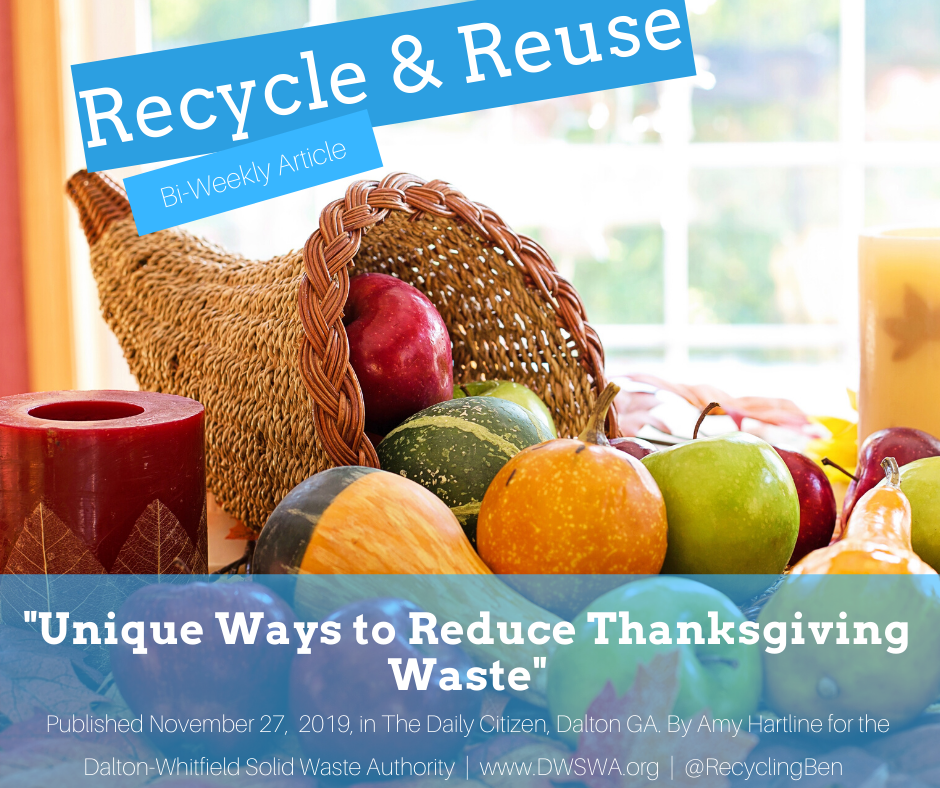Recycle & Reuse: Unique ways to reduce Thanksgiving waste
/In October, my mother-in-law bought some of the famous cornmeal from Prater’s Mill. We finally got into it to make cornbread for our first family get-together for Thanksgiving this past Sunday.
Inside the packaging was a recipe for cranberry and pecan pancakes. I laughed about it because the idea of purchasing so many ingredients and putting them all together like that struck me as odd. But then I realized, I had cranberries and pecans already for my Thanksgiving meal!
These pancakes were the perfect idea for breakfast because they let me use the leftover cranberries and pecans from the meal without trying to make the same dish. There are a lot of options to reuse and reduce our holiday waste that we may not consider at first, but can have a big impact.
The volume of household waste in the United States generally increases 25% between Thanksgiving and New Year’s Day, according to the U.S. Environmental Protection Agency. That adds about two billion extra pounds of waste to our garbage bins! Whitfield County often disposes of about 700 to 800 tons of garbage on a regular day, so decreasing the impact of holiday waste is a big deal for us here.
Decreasing your waste starts in the store. Help out some “ugly” produce and choose the not-so-shiny, slightly warped produce to buy if it is going to get chopped up anyway. The uglier produce that is set out is less likely to get chosen and ends up going to waste at the grocery store. By adopting it for your meal, you know you are decreasing our total waste.
After you finish with the produce aisle, consider what types of packaging your ingredients come in. For example, buying your milk in a jug means it can be recycled, but that same milk in a carton means it will be added to the landfill pile. Carefully consider what packaging you will be able to recycle when you are done. Residents in Whitfield County have access to recycling drop-off sites that include bins for cardboard boxes, paperboard, mixed paper, aluminum cans, bi-metal cans, glass bottles, jars, plastic bottles and jugs. Recycling allows these materials to be remanufactured into new products that can be used again and keeps them out of the landfill.
Not all Thanksgiving waste comes from food. A portion of it comes from the decorations we put out each year. Instead of incorporating plastic décor that you’ll use once like plastic food, fake leaves or plastic tablecloths, try using items from nature or reusable items. While you can store plastic décor to use each year, by picking out real leaves, pine cones and other natural items you save water, oil and energy in the production of the item. Once you are done, you can also just return these items to the great outdoors instead of your trash bag.
Plan for leftovers of ingredients and food. Some Thanksgiving recipes might call for unique ingredients you don’t often use. Find ways to freeze or dry these ingredients to make them last longer or plan your meals for the week after Thanksgiving using these ingredients. Try using supercook.com if you can’t think of anything. On the website or app, you can plug in the items that you have in your fridge and it will give you suggestions for recipes. For cooked leftovers, use Tupperware, mason jars or beeswax wrap to save the food for later instead of single-use plastic.
When someone wastes one item, they waste all of the energy, water and resources that were used to get that item onto a store shelf. By thinking of the life cycle of our products before we use them, we help save numerous natural resources and save ourselves landfill space.
Start by practicing this type of creative thinking this Thanksgiving. Remember to visit dwswa.org if you need help remembering exactly what you can recycle, and where, after the holiday is over.
Amy Hartline is the recycling and education program coordinator for the Dalton-Whitfield Solid Waste Authority. Have a recycling question? Contact her at (706) 278-5001 or at ahartline@dwswa.org.
